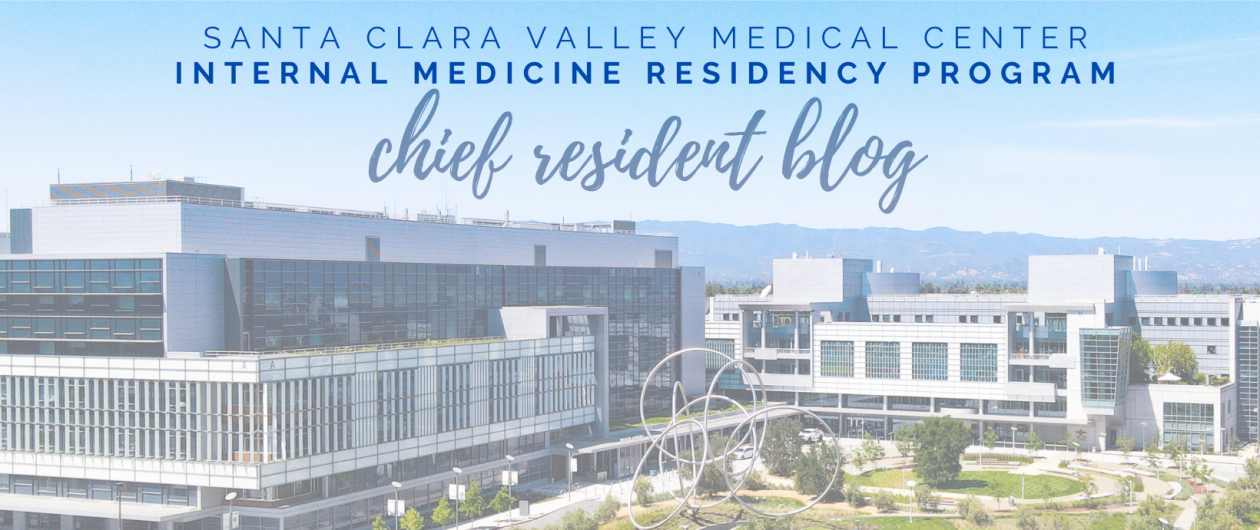Today we went through a case of WPW Syndrome that manifested as a wide complex tachycardia 2/2 to rapid atrial fibrillation in a pre-excited state.
We first went on a tangent and discussed the differential for sinus tachycardia.

We then discovered that it was a wide complex tachycardia that was irregularly irregular. We emphasized the first step in the pathway.
-
Check a pulse!
-
If unstable with a pulse – SHOCK!
-
If stable with a pulse – THINK!
-
If in doubt – it’s probably VT and the ACLS algorithm will work in almost every situation (it is safer to incorrectly assume a ventricular tachycardia than supraventricular tachycardia with abberancy).
-If you are skilled in EKGs, look at https://litfl.com/vt-versus-svt-ecg-library/ and become comfortable at distinguishing them before prime time. Remember though, these algorithms are not always correct and so when in doubt, it’s VT
-
If you have strong reason to suspect that it is NOT TRUE VT and the patient is stable, ASK FOR HELP before giving any medication
We then reviewed the differential for wide complex tachycardia
1.VT (80% of patients)
2.SVT with a bundle branch block (15%)
3.SVT with antegrade conduction via an accessory pathway (pre-excited syndrome)
4.Pacemaker
5.Hyperkalemia
6.Anti-arrythmic drugs (class 1C, 1A, digoxin, amiodarone)
We then reviewed the three tachyarrhythmias that can occur in patients with a WPW pattern
- Orthodromic AVRT (usually narrow complex, rate usually 200-300)
- Antidromic AVRT (wide complex, rate usually 200-300)
- Afib/flutter (wide complex, irregular rhythm, QRS complexes change in shape and morphology, and axis remains stable unlike polymorphic VT)
Treatment of Antidromic AVRT or Atrial Fibrillation with Pre-excitation:
- If unstable with a pulse, cardioversion
- If stable with a pulse, procainamide is readily available in our hospital
- Definitive treatment is catheter ablation which has a success rate of 80% at 5 years in the prevention of tachyarrhythmias .
Finally, we emphasized: DO NOT treat with AV nodal blocking agents e.g. adenosine, calcium-channel blockers, beta-blockers as this may increase conduction down the accessory pathway. Per UpToDate: “Amiodarone should generally not be used in patients with AF and accessory pathway.” Remember, ventricular tachycardia (far away and the most common wide complex tachycardia) is often used in wide complex tachycardias that are regular and monomorphic per the ACLS protocol. If you’re thinking it could be pre-excitation (very rare), ask for help before administering a medication!

Source: 2015 AHA Algorithm obtained from UpToDate
